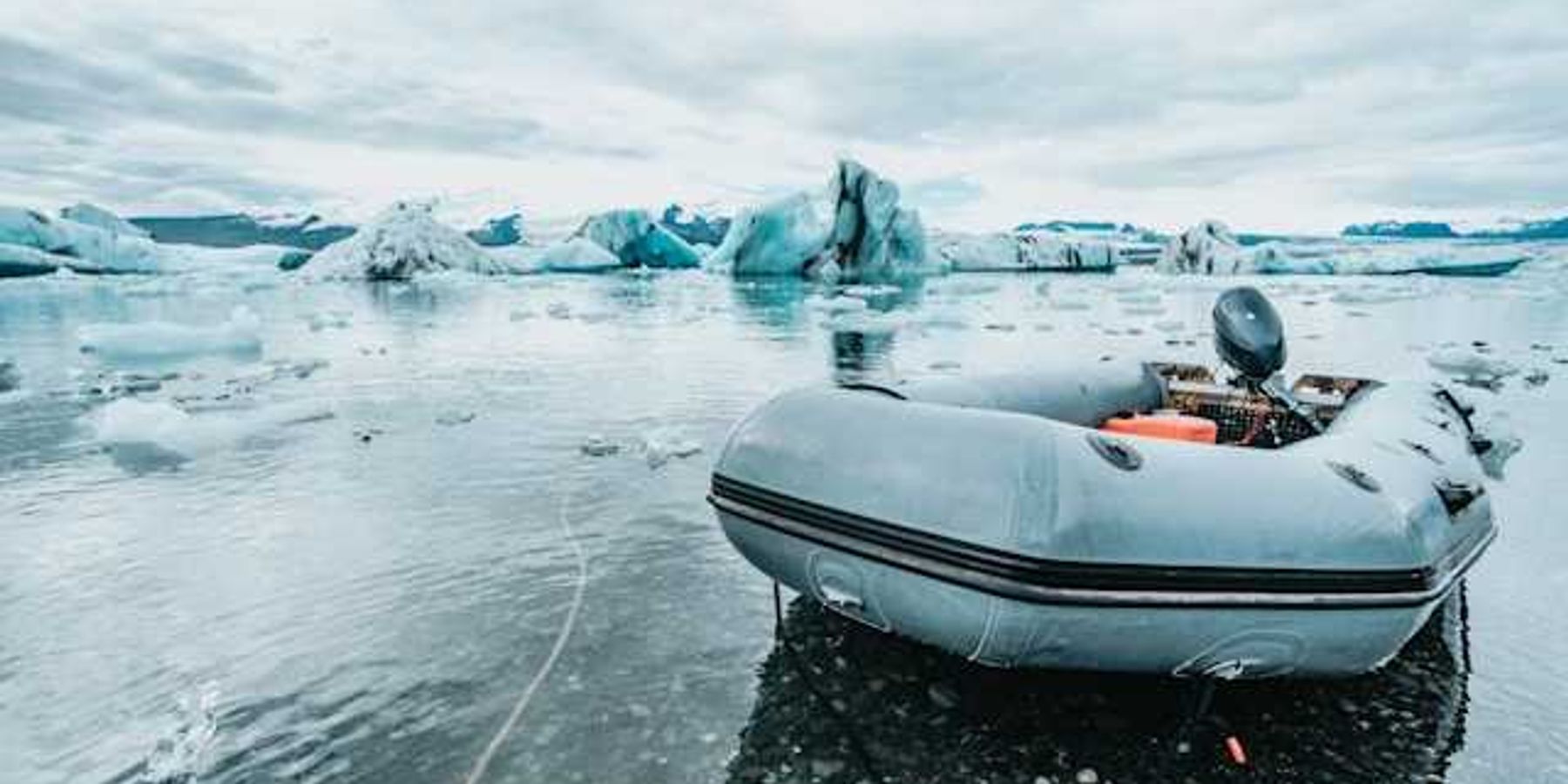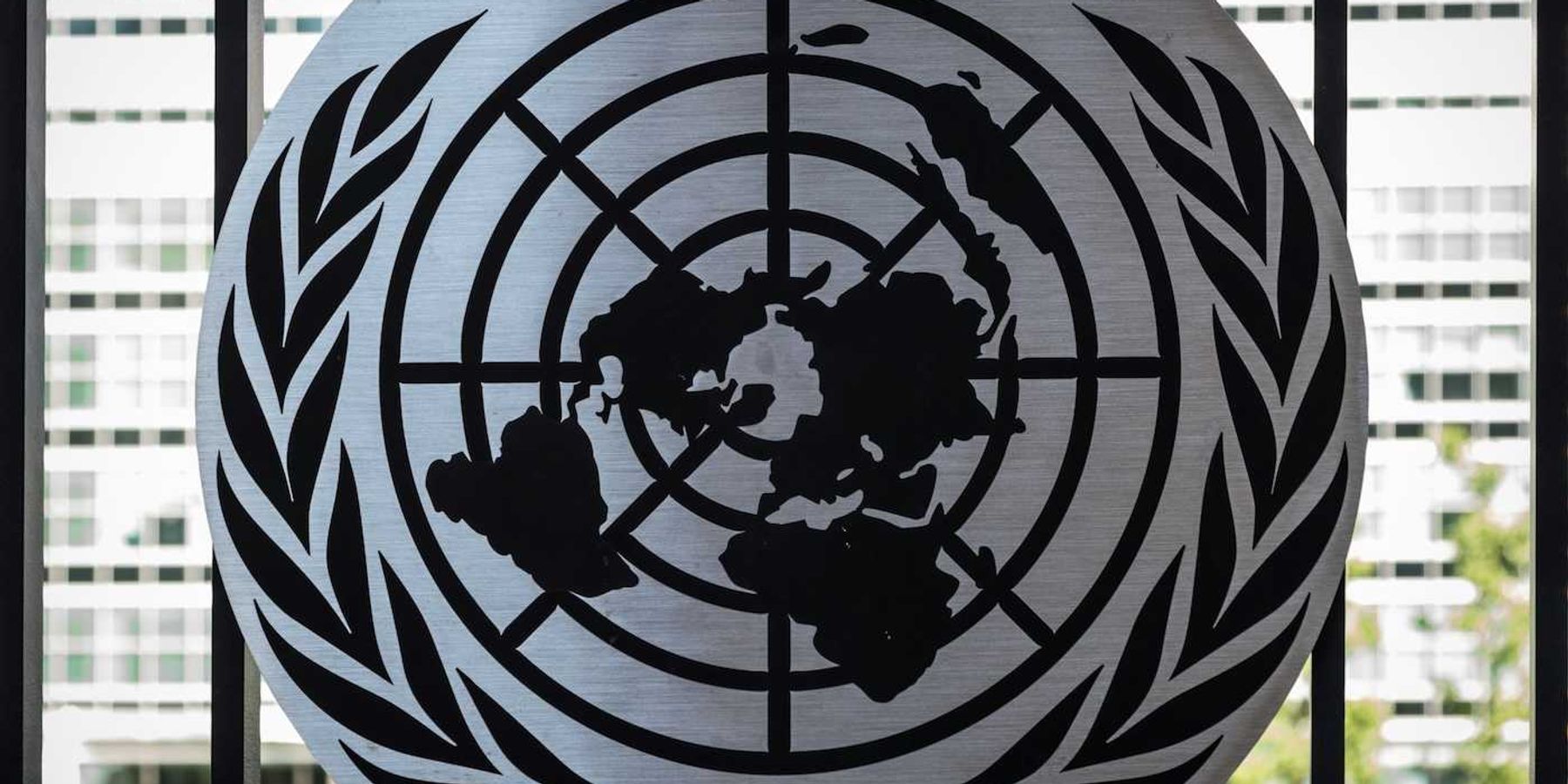Climate-fueled disasters surged in 2024 as FEMA faces political threats
The U.S. saw a dramatic rise in climate-related disasters last year, even as federal leaders weigh dismantling the agency tasked with disaster response.
Tara Suter reports for The Hill.
In short:
- A new analysis found that 2024 saw 90 major disaster declarations in the U.S., nearly double the average of the past 30 years.
- The data, reviewed by the International Institute for Environment and Development and CNN, shows a rising toll from storms, fires, and other extreme weather events.
- President Trump and Homeland Security Secretary Kristi Noem have both signaled plans to weaken or eliminate the Federal Emergency Management Agency, the country's main federal disaster response agency.
Key quote:
“Millions of Americans are being affected by climate-driven disasters every year, sometimes with deadly consequences. Others have been left in financial ruin.”
— Sejal Patel, senior climate finance researcher at the International Institute for Environment and Development
Why this matters:
As natural disasters grow more frequent and severe, FEMA is once again at the center of a growing national debate — this time not over how it responds, but whether it should continue to exist in its current form. Proposals to significantly shrink or even eliminate FEMA’s role have alarmed disaster preparedness experts and local officials alike. These calls to dismantle the agency come at a time when disaster declarations are surging and the federal cost of emergency response has soared into the tens of billions.
Critics argue that stripping away FEMA’s centralized coordination would leave poorer, rural, and historically marginalized communities more vulnerable, as they often lack the resources to recover on their own. For residents already living on the front lines of climate disruption, FEMA’s uncertain future has created a new anxieties.
Related: FEMA faces potential funding shortfall amid increasing natural disasters













